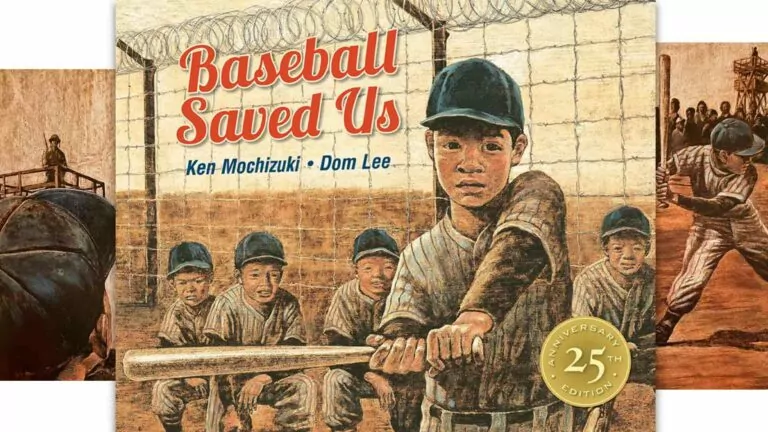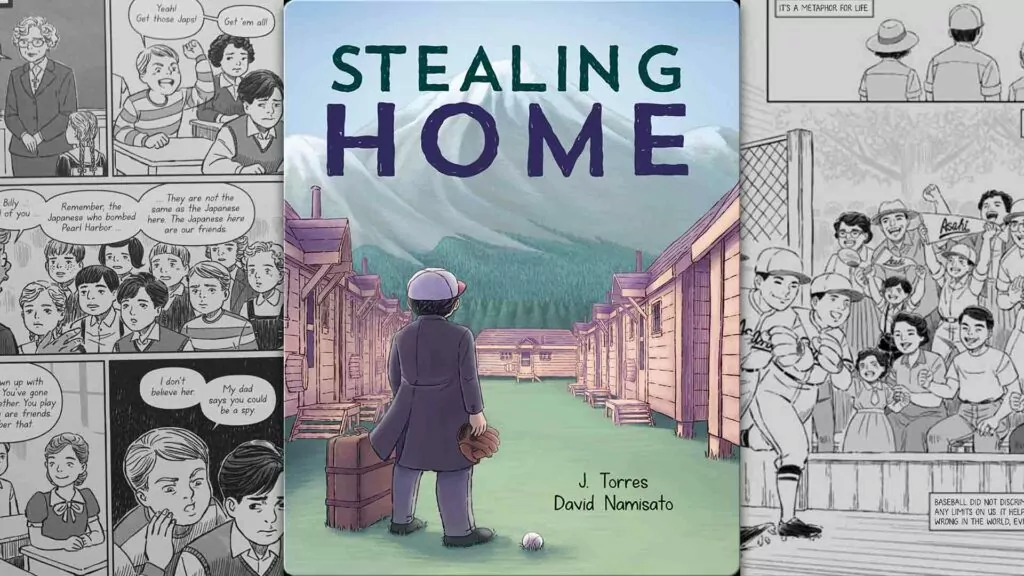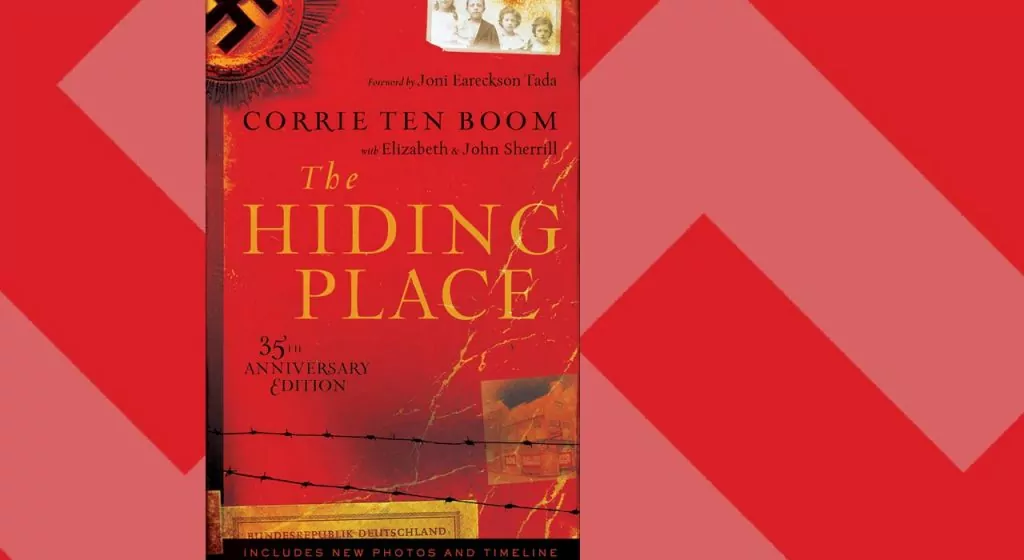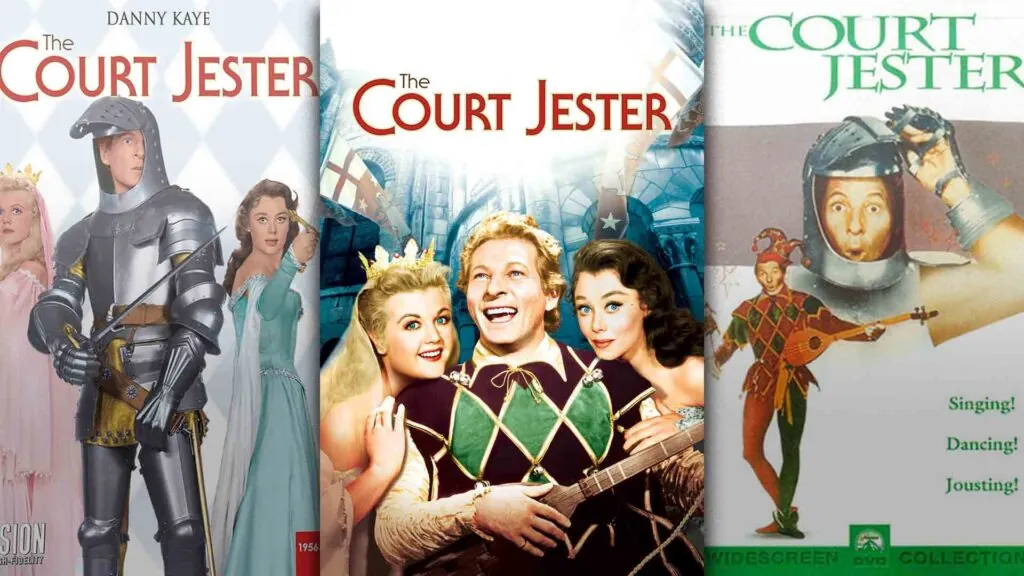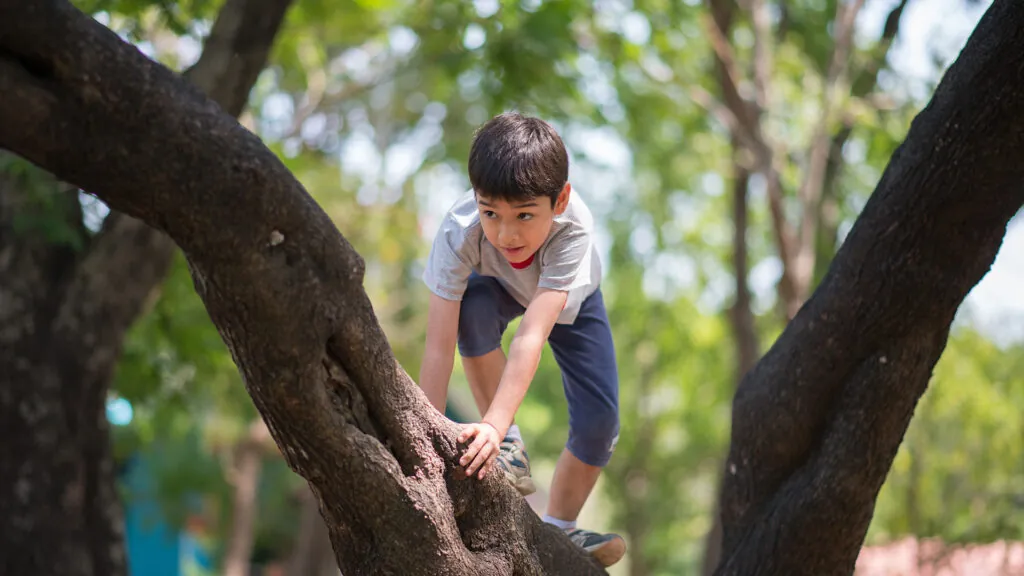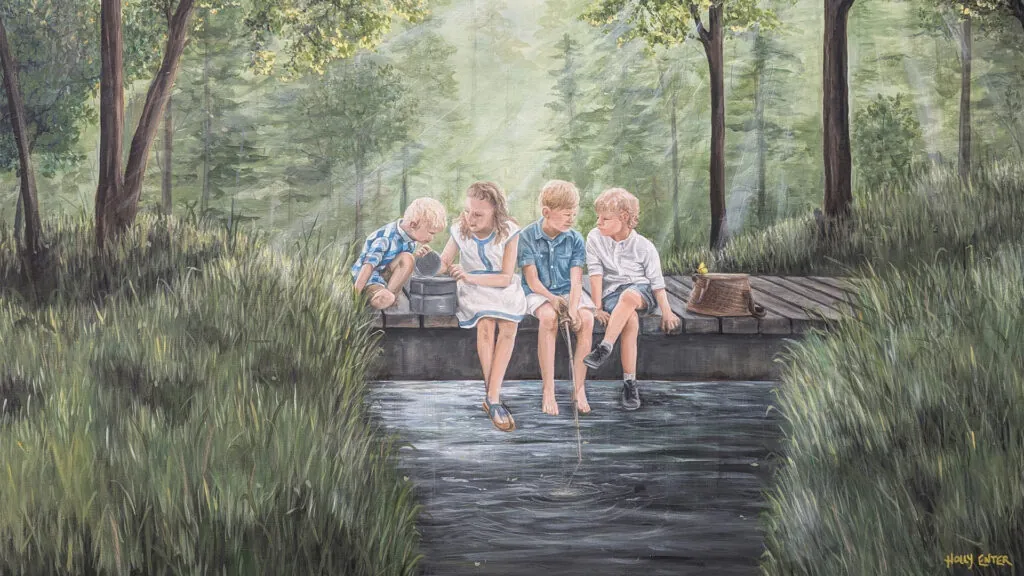by Ken Mochizuki
1993 / 32 pages
This is the story of a chapter of World War II that I didn’t know anything about until quite recently: the internment of the coastal Japanese-Canadian and American-Canadian populations. In both countries, citizens with a Japanese heritage were shipped away to internment camps until War’s end, and their homes and businesses and most of their goods were sold or otherwise taken from them. All in the name of safety and security. And as this picture book shares in an author’s note before its opening page, none of these immigrants “were ever proven to be dangerous to American during World War II.”
Based on author Ken Mochizuki’s experiences, this tells the story of a Japanese-American family already in an internment camp. The young narrator tells us how it was his dad who came up with the idea for building a baseball field. No one had anything to do but sit around, and it was fostering disrespect among the youth and tension among the adults. So they got busy and built a field complete with stands, and an irrigated outfield, to get the grass growing.
“Bats, balls, and gloves arrived in cloth sacks from friends back home. My mom and other moms took the covers off mattresses and used them to make uniforms. They looked almost like the real thing.”
The games gave the prisoners something to do, and look forward to. Our narrator gradually learns how to play, and hits the winning run in the championship game.
But that’s not where the book ends. The story continues with what happens after the war. These Japanese-Americans were now free, but they weren’t welcomed home. The boy has to sit by himself at lunch at school. But here too, baseball helps. “By the time the first game came around, I felt almost a part of the team.”
But when the game begins, he realizes “Nobody on my team or the other team, or even anybody in the crowd look like me.” Someone from the crowd shouts “Jap” when he drops a ball. Things are still far from improved out here, far from the camp. But, when he gets up to bat, he’s able to put that all aside. It’s just him and the pitcher.
Caution
The only caution would be regarding age-appropriateness. The internment of the Japanese is presented very matter of fact, which minimizes some of the horror of it. That’s appropriate for the picture-book age group – Grade One kids don’t need to have a full grasp on how a big government can perpetuate big injustices when a willing populace doesn’t object. But to get it in part is important. So, this is a picture book that should be read, but probably with an adult alongside, to help a kid understand it, and emotionally deal with it.
Conclusion
A Christian who reads the title “Baseball saves us” should be a little disturbed – it seems to be propping up baseball as an idol. But this story is more about contrasting the justice on the baseball diamond with the injustice going on around. On the sports field, it’s just whether you can play, and nothing else.
While it is an older book, because it was reprinted again on its 25th anniversary, it’s available at most libraries, and both new and used copies easily found with just a bit of hunting. And it’s worth hunting for – this is a largely unknown chapter in our history, so it’s not just an engaging read, but an important one.







